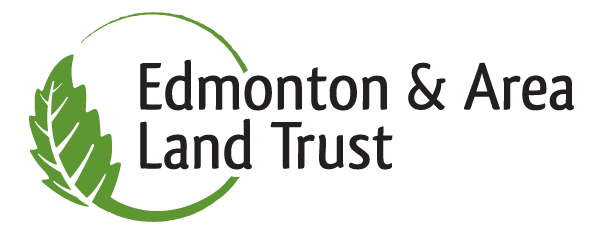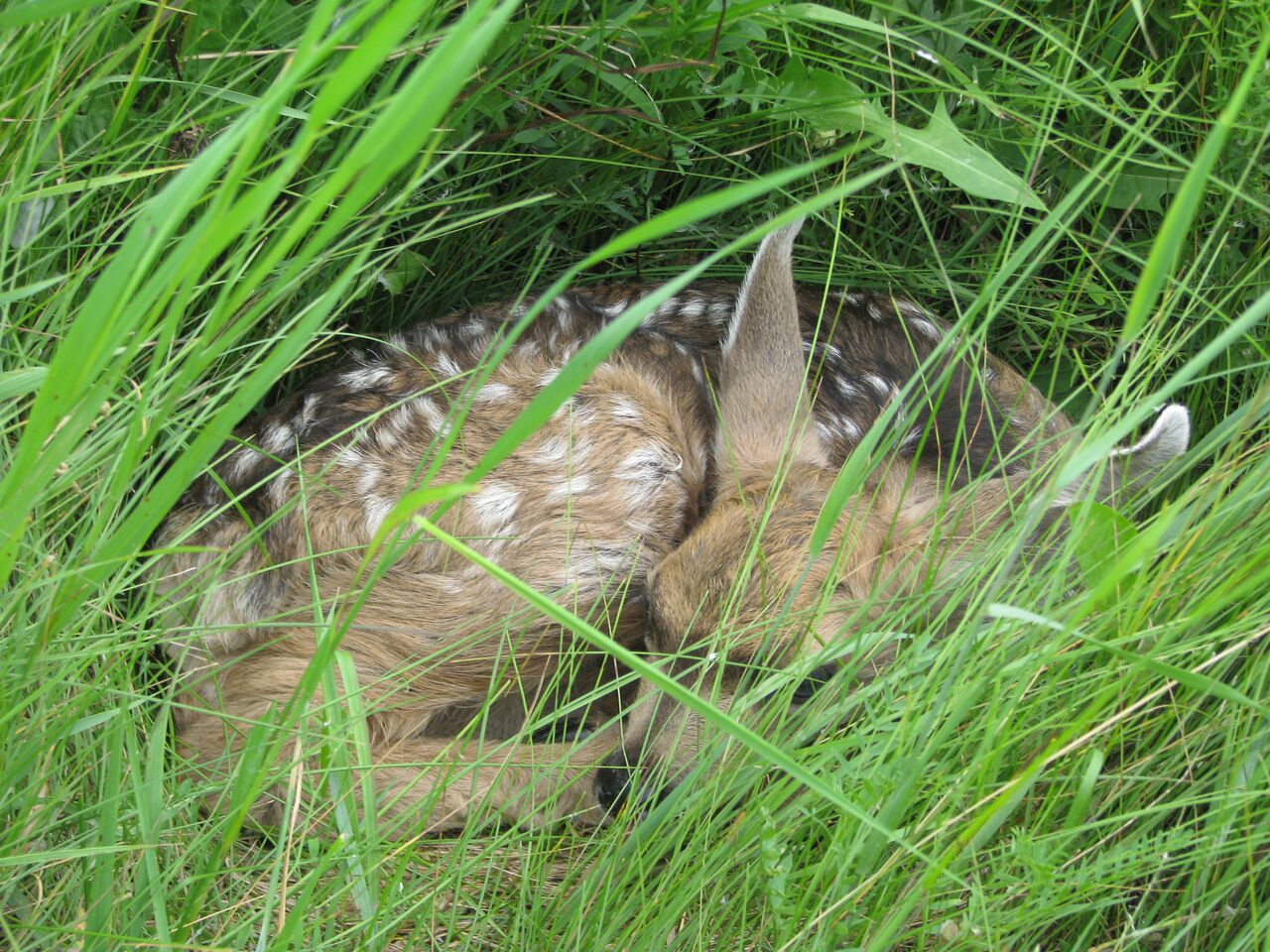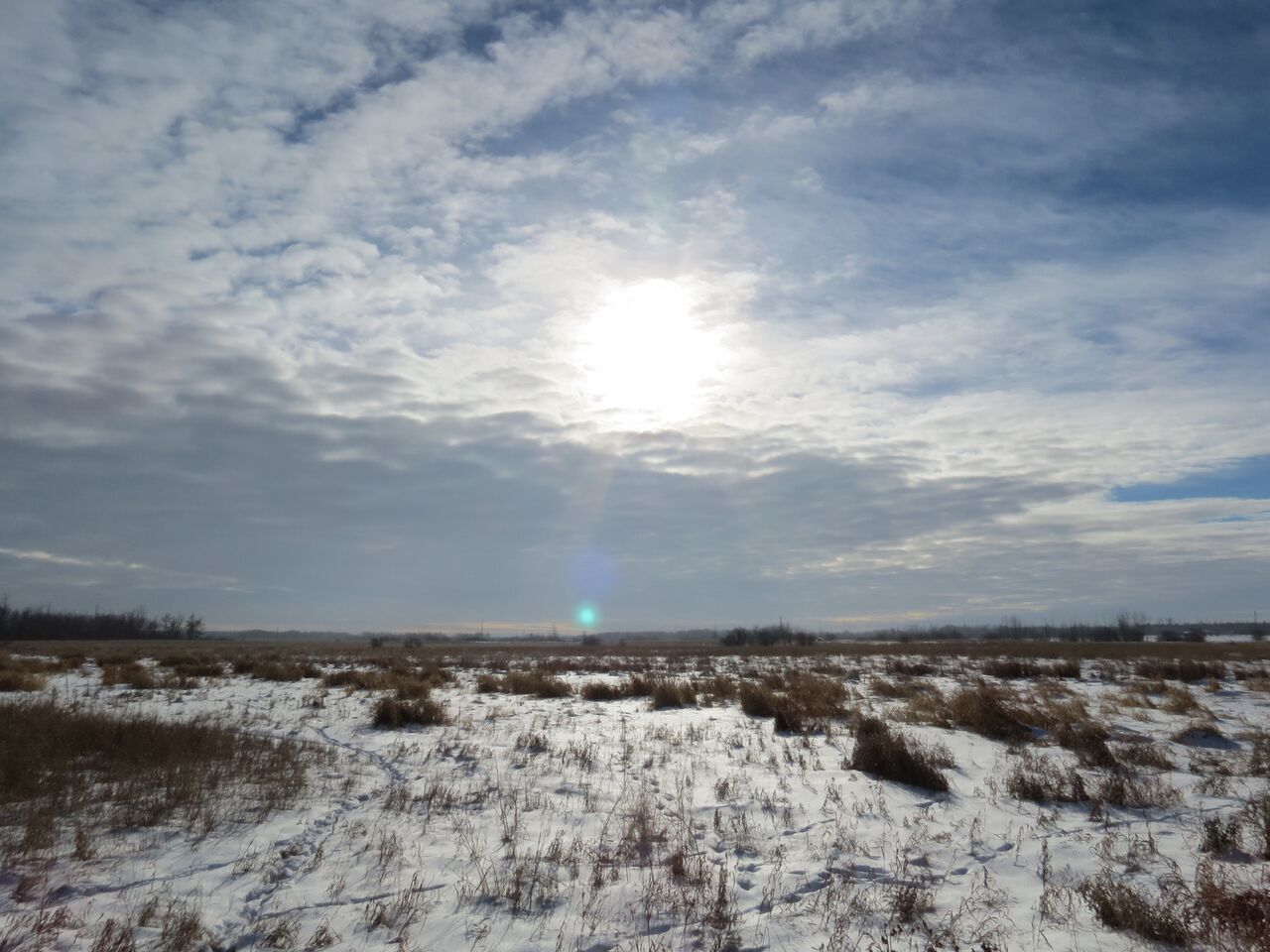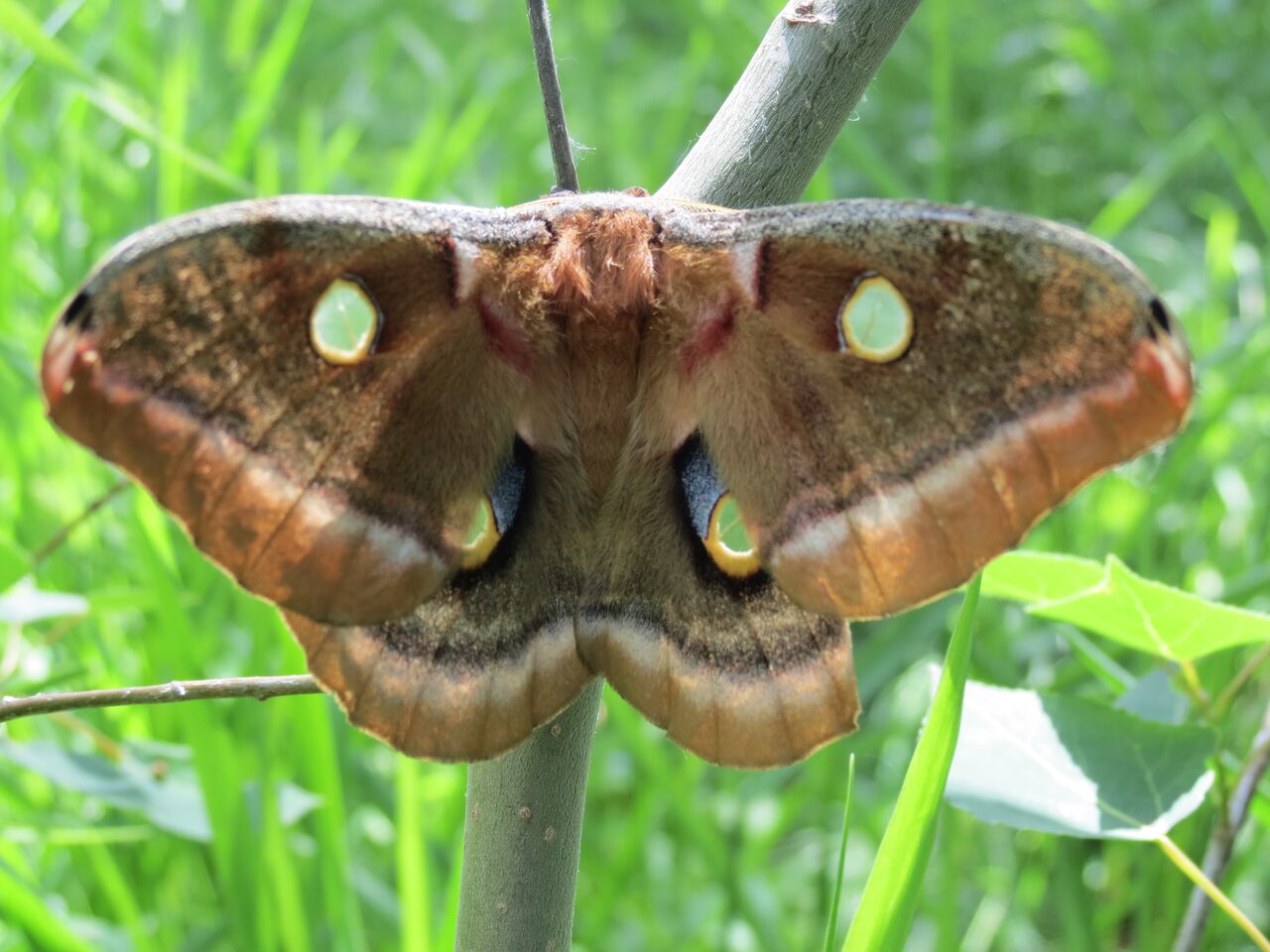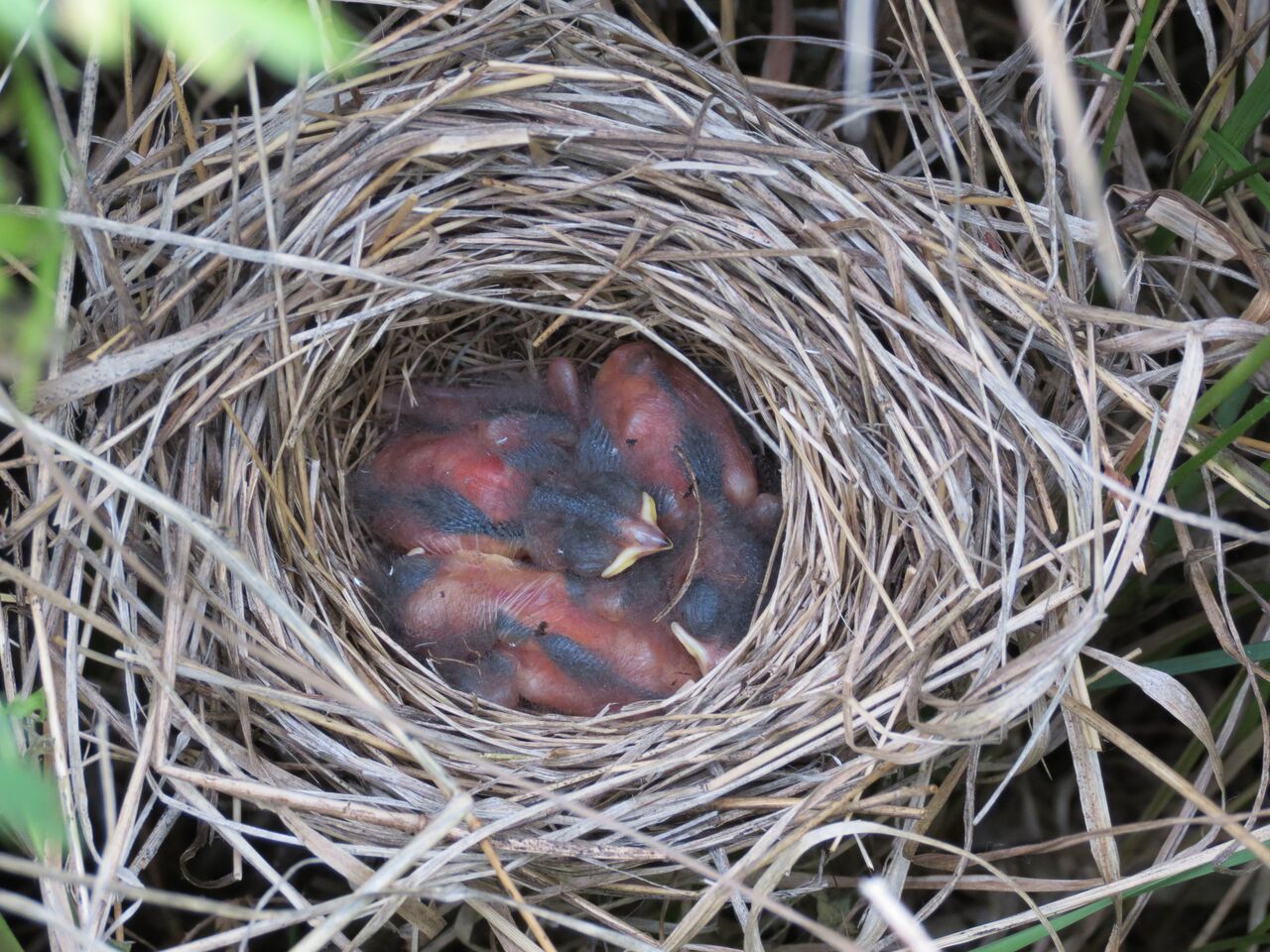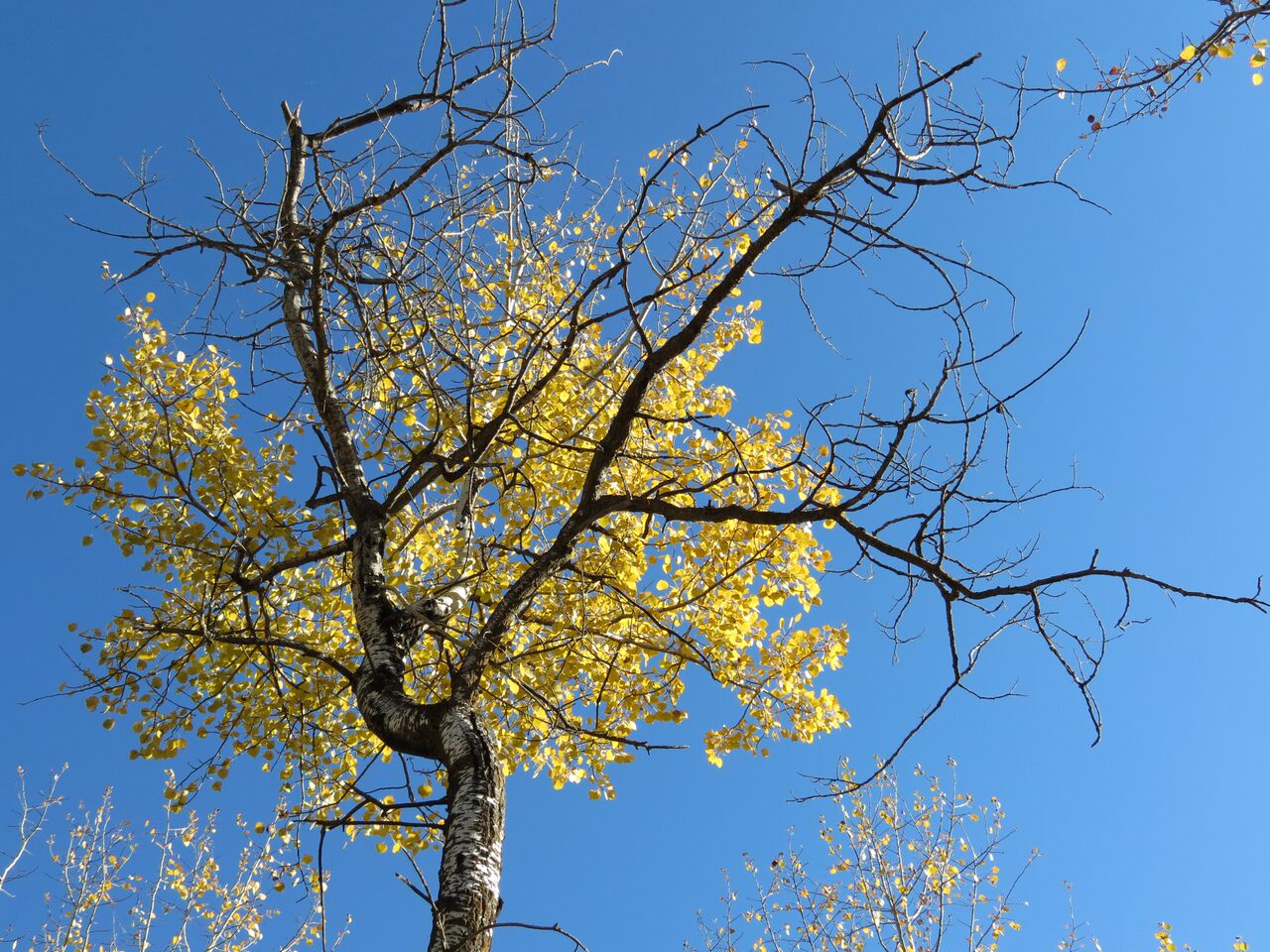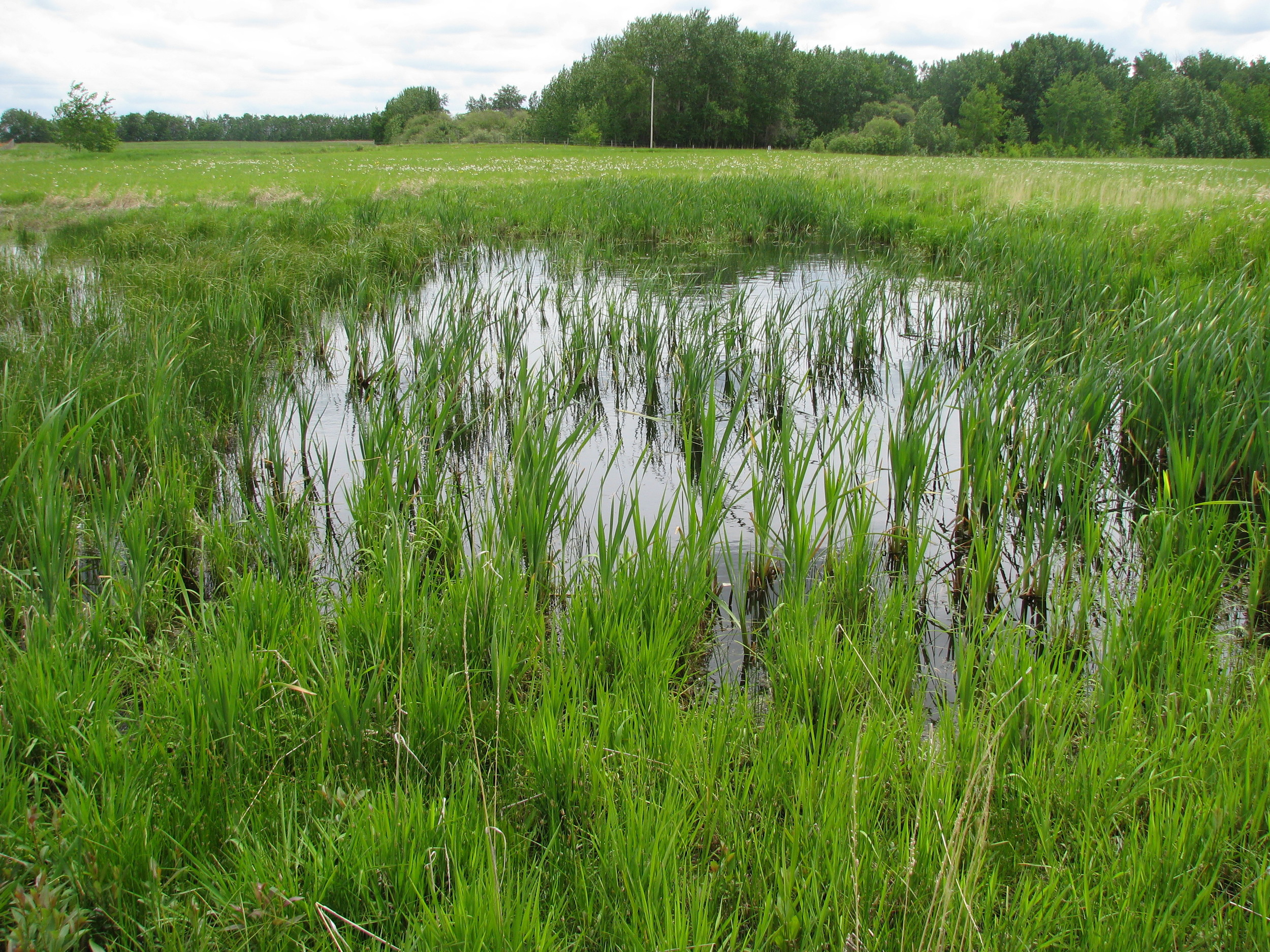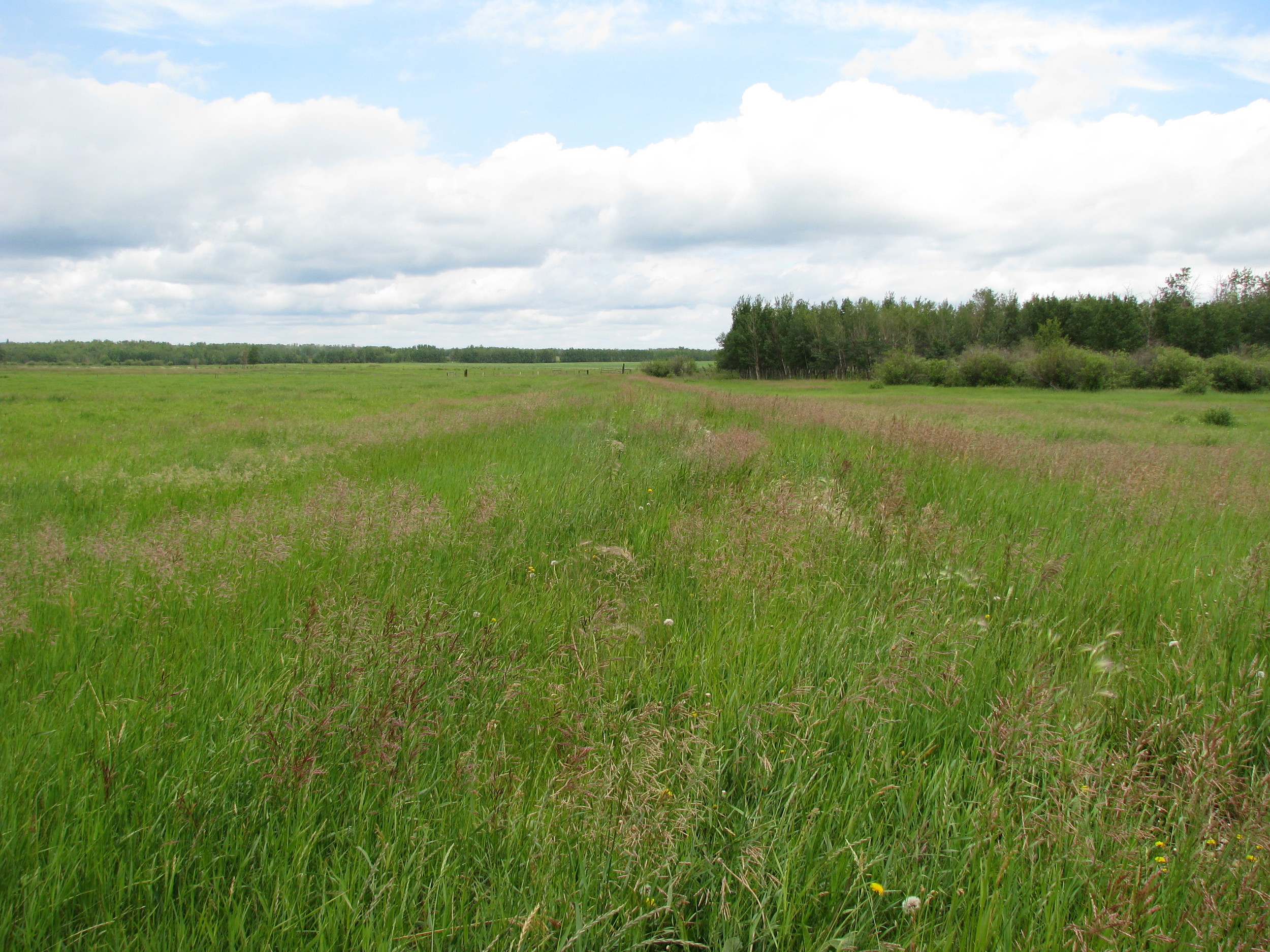
LOCATION
line
• Strathcona County
• Adjacent to Cooking Lake
• Within the Beaver Hills UNESCO Biosphere Reserve, & Dark Sky Preserve
• 1,400 Acres
• 45 km drive from central Edmonton
DIRECTIONS, PARKING & TRAILS
line
• No formal trails
• Wide, open grass fields, with gently rolling hills and patches of forest
• Do not disturb young spruce trees in restoration areas
• Roadside parking
This site is managed in partnership with Alberta Conservation Association, Nature Conservancy of Canada, Alberta Wildlife Federation, and Edmonton and Area Land Trust.
Hunting on Golden Ranches
Most of Golden Ranches is open to the public for visiting and hunting, with the exception of NW 24-51-21-W4.
This site is open access.
Visit the Alberta Discover Guide or contact ACA for information related to hunting at this property.
““The first time I went to Golden Ranches for a “Weeding for Wildlife” day, the fields were alive with butterflies, birds, and other flying things. It was quite magical and I’d forgotten how an “empty” field can be so alive.””
Wildlife and Habitat
Golden Ranches includes a mixture of mature aspen forest and open grassland that provide habitat for wildlife including white-tailed deer, moose, porcupine, grouse, waterfowl such as bufflehead and a variety of small mammals and songbirds.
Importance
Golden Ranches is located in the Beaver Hills UNESCO Biosphere Reserve, which contain numerous wetlands and aspen forest, and are critical habitat for many species of wildlife. The Golden Ranches site provides landscape connectivity for wildlife as they live and move in the area.
The grasslands of the natural area provide habitat for ground nesting birds, and the forested areas provide cover for large mammals. The Golden Ranches site includes nearly 8 kilometres of North Cooking Lake shoreline.
EALT works with several partnering organizations to conserve this property.
Indigenous Connections
Golden Ranches is just east of Cooking Lake, an English translation of the Nehiyawewein (Cree) word opi-mi-now-wa-sioo which means cooking place. The lake was a well frequented Nêhiyaw campground due to the large herds of bison that once roamed the area. Golden Ranches, Ministik, Hicks, and the Smith Blackburn Homestead are all a part of the Beaver Hills region which was very important for resting when travelling between the hills and the plains in the spring and the fall. Historically, the Beaver hills region was important for the Tsuut’ina, Nehiyawak (Cree), Anishnaabe (Ojibway/Saulteaux), the Nakota Sioux, and the Niitsitapi (Blackfoot). The hills are called Amiskwaciy by the Nehiyawak, Chaba hei by the Nakota and Kaghghik-stak-etomo by the Niitsitapi, referring to the abundance of beavers. The region’s dense forests, open plains, and lakes offered many resources for different Nations to rest and replenish their stores through hunting, gathering and fishing.
Ecological History
Golden Ranches resides within the Cooking Lake Moraine, an upland area full of rolling hills and low wet areas left behind by the glacial ice of the Ice Age. This area was home to the first conservation and reforestation projects in Alberta, a result from the forest loss to logging and fires. This first project was called the Cooking Lake Forest Reserve, an area that resulted in today’s natural areas including Golden Ranches, Elk Island National Park, Cooking Lake–Blackfoot Provincial Recreation Area, Ministik Bird Sanctuary and other protected natural areas.
Human History
Golden Ranches and the surrounding Beaver Hills served as the winter home for the massive herds of roaming bison. As history goes, if wild game are present, then humans are not too far behind. According to archeological records, the presence of big game hunters in the Beaver Hills area has been noted as far back as 12,000 years ago. Many generations of Indigenous groups lived off the land and its plentiful resources.
The first piece of Golden Ranches was bought in 1950 by a rancher named George Golden. Over the next several decades, he bought, sold and traded land until he had his land all in one spot, a single block of 1800 acres. The land became home to a successful horse and cow ranch. In 2008, the owners no longer wanted to manage the land. To protect the land, EALT partnered with the Alberta Conservation Association, Alberta Wildlife Federation, and the Nature Conservancy of Canada and various corporate donors to obtain the land that is now Golden Ranches.
Stewardship Highlights and Recent News

